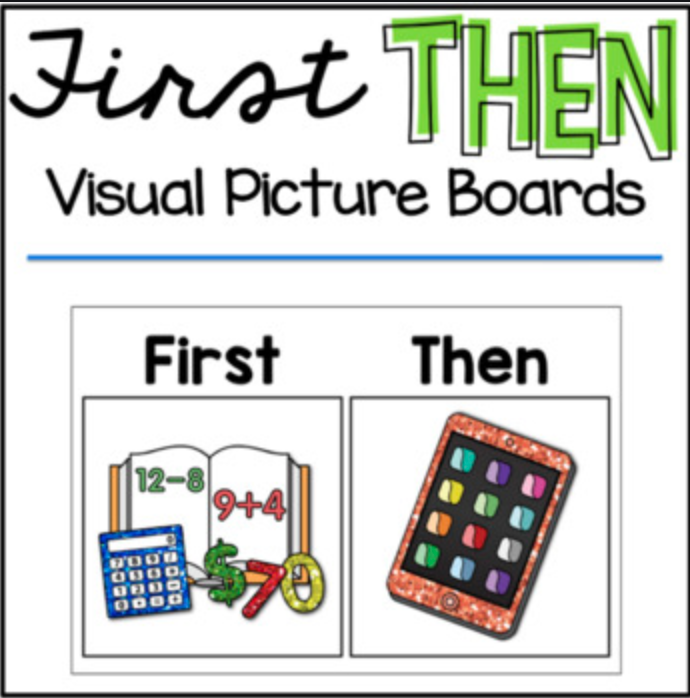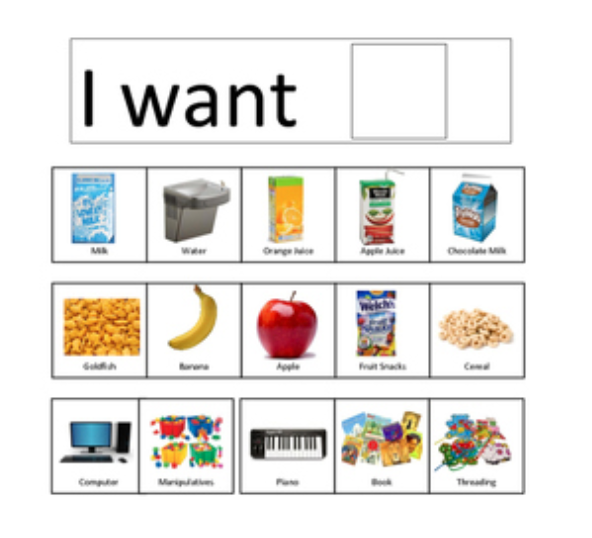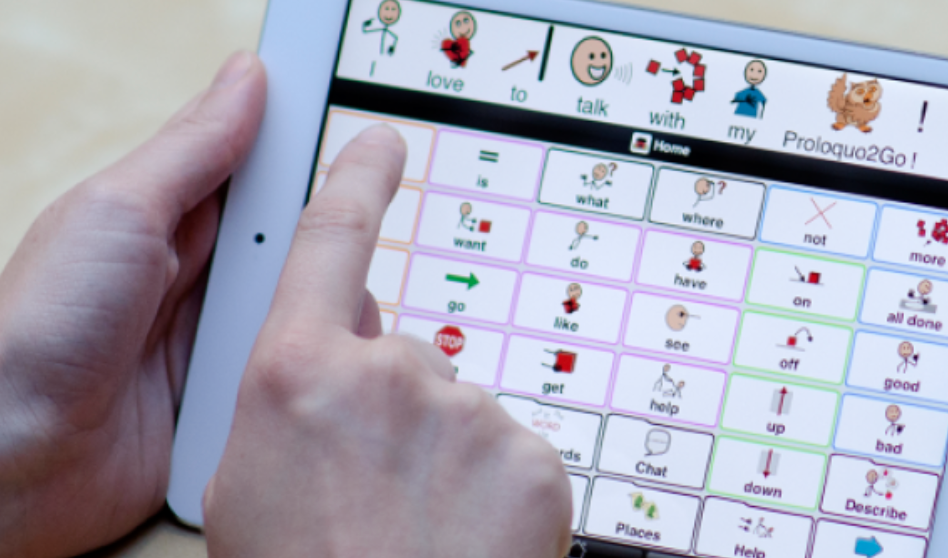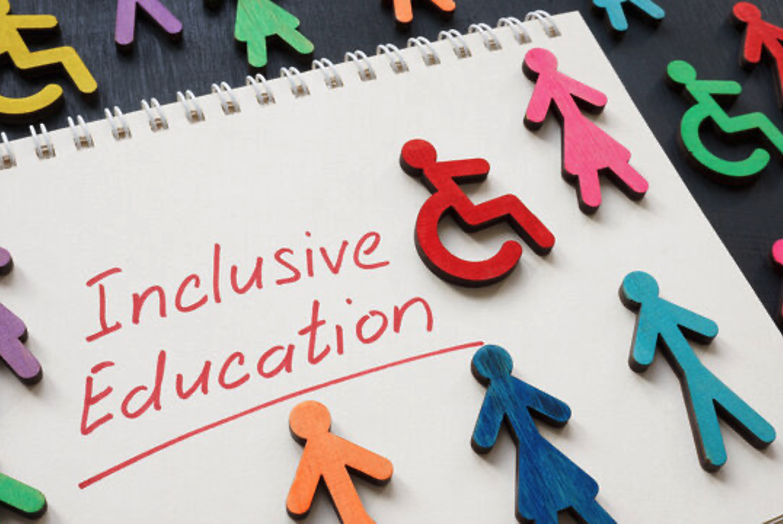Communication Strategies

Evidence-Based Strategies for Learners with Special Needs

Assistive Technology
An evidence-based practice (EBP) is a specific approach in teaching that is used in a situation or environment that produces an effective outcome (Sam, Kucharczyk, & Waters, 2018). Educators are encouraged to use EBP’s in the classroom to emphasize good teaching practices and to maximize successful outcomes for learners. Three evidence-based practices that can be implemented for communication and language development are the Picture Exchange Communication System (PECS), scripting, and social stories.
The Picture Exchange Communication System or PECS is a visual support system that helps the learner to engage in functional communication through receptive and/or expressive turn taking strategies. It is a great tool where the learner can put pictures together on a sentence strip that forms a phrase or sentence and therefore the learner is able to communicate to a partner. The PECS system is not just for non-verbal students, it is even essential for learners who have expressive/receptive language.
Another evidence-based practice that can be implemented for learners with ASD is the use of scripting. Scripting is written or auditory cues to help a learner anticipate what to say in a social situation (Griffin & NPDC, 2017). Individuals practice these scripts repeatedly in order to feel confident in the real-life situation. Scripts can be taken with the learner, memorized, or briefly referred to depending on the ability or need of the individual. Scripting can also be reduced in frequency of use as to not generate a dependency and therefore cause more impairment then benefit. However, scripting overall can provide individuals with the ability to communicate with a partner, initiate conversations, and develop a positive self-esteem.
The last evidence-based practice that is being discussed is social stories or social narratives. The individual with ASD may decide to walk away from a stimulating conversation, try to engage in an off-topic responses, ask inappropriate questions, or even demonstrate atypical behaviors during the small group (Caballero & Connell, 2010). Social stories are a great way to intervene with these types of social impairments. The social story can be individually written to target specific events, communication deficits, or even atypical responses when it comes to social situations. Social stories do not provide opinions about these events or activities. They only deliver relevant information on what to expect when the learner will experience the event or activity.
Communication is an area that continues to be struggle for learner’s with autism spectrum disorder. However, implementing strategies and interventions that are evidenced-based can help these individuals overcome and develop new ways of engaging in their environment.
Educators who utilize and share these tools with parents, peers, and colleagues help to develop plans to enable learners with ASD to initiate conversations and responses that are appropriate and achievable.
Resources
Caballero, A., & Connell, J. E. (2010). Evaluation of the effects of social cue cards for preschool
age children with autism spectrum disorders (ASD). Journal of Behavior Assessment and Intervention in Children,1(1), 25–42. Retrieved from https://doi-org.libproxy. chapman.edu/10.1037/h0100358
Griffin, W. & National Professional Development Center on Autism Spectrum Disorder
(NPDC). (2017). Scripting (SC). EBP Brief Packet. National Professional
Development Center on Autism Spectrum Disorder.
Sam, A. M., Kucharczyk, S., & Waters, V. (2018). Online Tools to Support the Delivery of
Evidence-Based Practices for Students with ASD. TEACHING Exceptional Children, 50
(3), 141–152. Retrieved from http://search.ebscohost.com.libproxy.chapman.edu/ login.aspx ?direct=true&AuthType=ip,uid&db=eric&AN=EJ1167012&site=eds-live
Related posts






